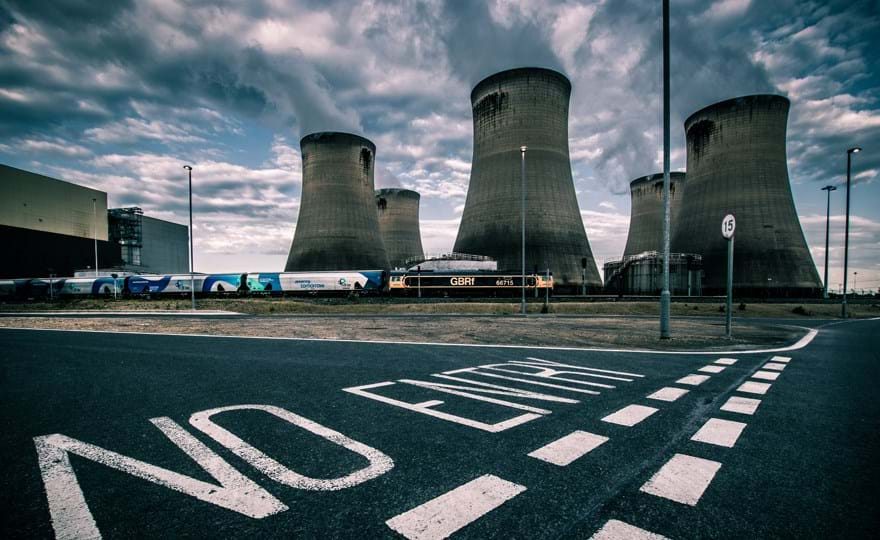ClientEarth Communications
15th January 2019


Update: Drax legal case: We’re taking the UK government to court over Europe’s largest gas plant
Environment lawyers have warned that, if approved, a new gas plant in the north of England would be responsible for as much as 75% of the emissions budget for the entire UK power sector, once fully operational.
Environmental law organisation ClientEarth has submitted a formal assessment of the climate impact of Drax Power’s plans to build four new gas turbines at its Selby power plant in North Yorkshire.
The assessment shows that over its lifetime the project would create additional greenhouse gas emissions 400% greater than the baseline scenario. This scenario tracks forecasts from the department of Business, Energy and Industrial Strategy of overall grid emissions intensity to 2050 and represents the mix of generation technologies that could provide the same quantity of electricity generation.
ClientEarth climate accountability lawyer Sam Hunter Jones said: “Drax has failed to prove why adding so much new large-scale fossil fuel power is necessary given existing and planned capacity. It has also failed to assess the project’s full climate impact, at the precise time when the UK needs to rapidly decarbonise.
“By failing to explain how this emissions-intensive gas project squares with the UK’s carbon targets and its Clean Growth Strategy, Drax is asking the public to face a carbon budget blowout, a huge stranded asset requiring propping up by the taxpayer, or a combination of the two.”
In its planning application, Drax claimed its proposal for four combined cycle gas turbines (CCGT) was warranted to replace its existing two coal-fired units ahead of the government’s proposed coal phase-out in 2025. However, ClientEarth warns that the combination of the project’s scale, high emissions intensity and long operating life make it a significant threat to the UK’s carbon targets.
ClientEarth was invited to complete the assessment, which was supported by climate think-tank Sandbag, as part of Planning Inspectorate hearings discussing objections to the project. In November, ClientEarth had submitted a written objection to project on climate grounds.
The government’s latest forecasts estimate that the UK will need 6GW of new gas generation through to 2035. However, the UK has already greenlit more than 15GW worth of large-scale gas plants. Approving Drax’s project would take this to 18GW – three times the government’s estimates.
The government’s climate body, the Committee on Climate Change, has warned there should be no more gas on the UK grid by the mid-2030s, without carbon capture and storage (CCS).
Drax’s application failed to outline how its large-scale gas project would be consistent with the UK’s decarbonisation targets for the power sector and the alternative low-carbon generation technologies available. Lawyers said this was a missed opportunity, given the obvious commercial benefits of bringing forward a future-proof scheme.
Hunter Jones added: “The only way to avoid the project’s negative climate impacts would be to make its operation conditional on the use of carbon capture and storage technology – however, Drax is not content to wait until this technology is viable.
“Drax has also failed to consider alternative project designs that would provide the best climate outcomes, as planning rules require. As Sandbag’s research shows, the UK can transition from coal to clean, without locking in more large-scale gas plants. Drax’s assertions that its plant should be built because it will be better than the worst current market performers makes a mockery of the UK’s decarbonisation ambitions.”
ClientEarth’s assessment of the proposed plant showed that: